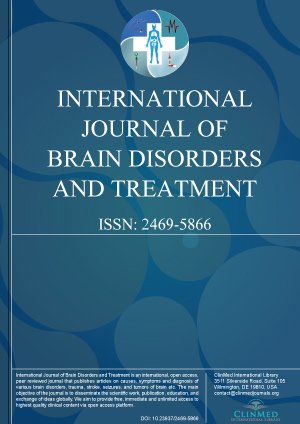Archive
Open Access DOI:10.23937/2469-5866/1410052
Mohammadreza Tahriri
Article Type: Review Article | Indexed Archive: Volume 10
Article Formats
- Full Article
- XML
- EPub Reader
Open Access DOI:10.23937/2469-5866/1410051
Parul Gupta
Article Type: Case Report | Indexed Archive: Volume 10
Article Formats
- Full Article
- XML
- EPub Reader
Open Access DOI:10.23937/2469-5866/1410050
Stanislaw R. Burzynski, Gregory S. Burzynski, Tomasz Janicki Alejandro Marquis and Samuel Beenken
Article Type: Case Report | Indexed Archive: Volume 10
Article Formats
- Full Article
- XML
- EPub Reader
Open Access DOI:10.23937/2469-5866/1410049
Allyn Abadie, José R Fernández and Ryan N Moran
Article Type: Original Research | Indexed Archive: Volume 10
Article Formats
- Full Article
- XML
- EPub Reader
Open Access DOI:10.23937/2469-5866/1410048
Cystic Vestibular Schwannomas: Clinical and Therapeutic Particularities
Lotfi Boublata, Oumaima Bouzerara, Imene Lekikot, Ahlem Laouar, Belkacem Boudjaja and Soumeya Amarouche
Article Type: Original Article | Indexed Archive: Volume 10
Article Formats
- Full Article
- XML
- EPub Reader
Open Access DOI:10.23937/2469-5866/1410047
How Necessary is Duraplasty in the Treatment of Chiari Malformation?
Mahmut CAMLAR, Mustafa Eren YUNCU, Ali KARADAG, Merve OREN, Caglar TURK, Ozgur OZTEKİN and Fusun OZER
Article Type: Original Research | Indexed Archive: Volume 10
Article Formats
- Full Article
- XML
- EPub Reader

Volume 10
Issue 1
Issue 1
